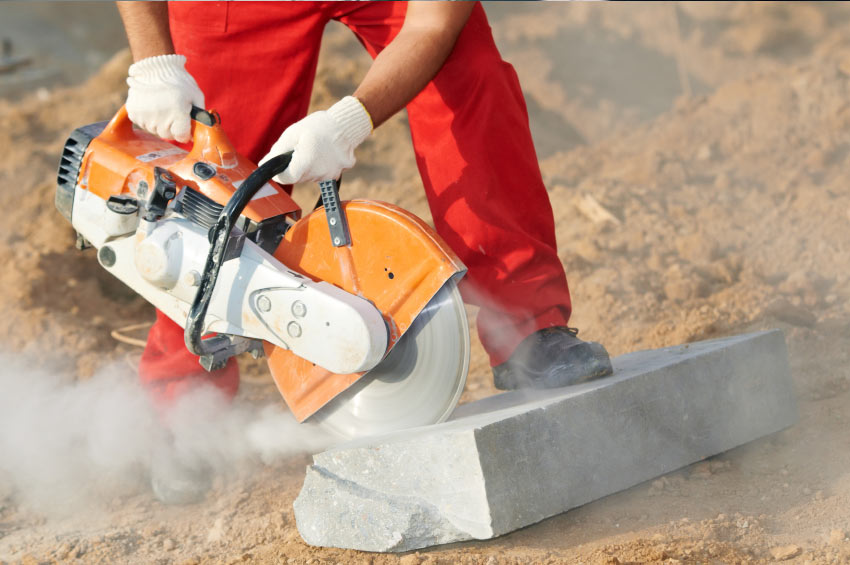Home » Course Layouts » Free Course Layout Udemy
Workers using machinery may be exposed to several hazards that can lead to injury or even death. In the process of removing or avoiding hazards, workers must learn to recognize the hazards associated with the different types of equipment and safety precautions necessary to prevent those hazards. In this course, you will learn the purpose and importance of machine guarding in preventing injuries.
0
57
English
English [CC]
- Learn basic syntax that can apply to any language.
- Learn what is a programming language and the basic concepts for beginners.
- Understand what is Javascript in it's truest form.
- Know the basic syntax of Javascript.
- Know some hidden quirks in Javascript.
Description
Types of Machine Guards
There are several different types of machine guards. Guards are materials that keep workers from having direct contact with moving parts and other dangerous areas of a machine. Some guards also protect workers from shavings, flying shards or metal sparks created by working machines.Guard design and the material will vary from machine to machine and from tool to tool. The most common types of machine guards are:- Fixed guards
- Interlocking guards
- Adjustable guards
- Self-adjusting guards
General Safety Precautions
To avoid potentially life-threatening injuries, employees should receive proper training before operating any machines or power tools. Employees must never operate machinery without prior training. Employees must:- Inspect all tools and guards before each use
- Follow all proper lockout/tag-out procedures when necessary
- Use proper procedures when setting up a machine, adjusting a machine, clearing jams, and cleaning or lubricating parts
- Never remove guards while operating a machine
- Tag all damaged guards and machinery “Do Not Use” and report them immediately
Course content
-
- Guarded 00:25:00
- Types of Guards 00:10:00
- Major Points 00:10:00
- Fatalities 00:10:00
-
- Fixed Guard 00:20:00
- Self-Adjusting 00:20:00
- Adjustable Guard 00:15:00
- Interlocked Guard 00:10:00
- An Unguarded 00:30:00
- Machine Guarding 01:40:00
- Purpose of the Standards Around the World FREE 00:30:00
- British Standards FREE 02:00:00
- European Standards FREE 02:00:00
- Machine Guarding Construction Certificate Test 00:45:00
N.A
- 5 stars0
- 4 stars0
- 3 stars0
- 2 stars0
- 1 stars0
No Reviews found for this course.
Instructor
OpenCoursa
Accessible Education for Everyone
5
5
6
24217
4637
We are an educational and skills marketplace to accommodate the needs of skills enhancement and free equal education across the globe to the millions. We are bringing courses and trainings every single day for our users. We welcome everyone woth all ages, all background to learn. There is so much available to learn and deliver to the people.
Explore Free Courses
Access valuable knowledge without any cost.
{"title":"","show_title":"0","post_type":"course","taxonomy":"course-cat","term":"engineering-skills,health-and-safety","post_ids":"","course_style":"free","featured_style":"course6","masonry":"","grid_columns":"clear4 col-md-3","column_width":"268","gutter":"30","grid_number":"4","infinite":"","pagination":"","grid_excerpt_length":"20","grid_link":"1","grid_search":"0","course_type":"","css_class":"","container_css":"","custom_css":""}












